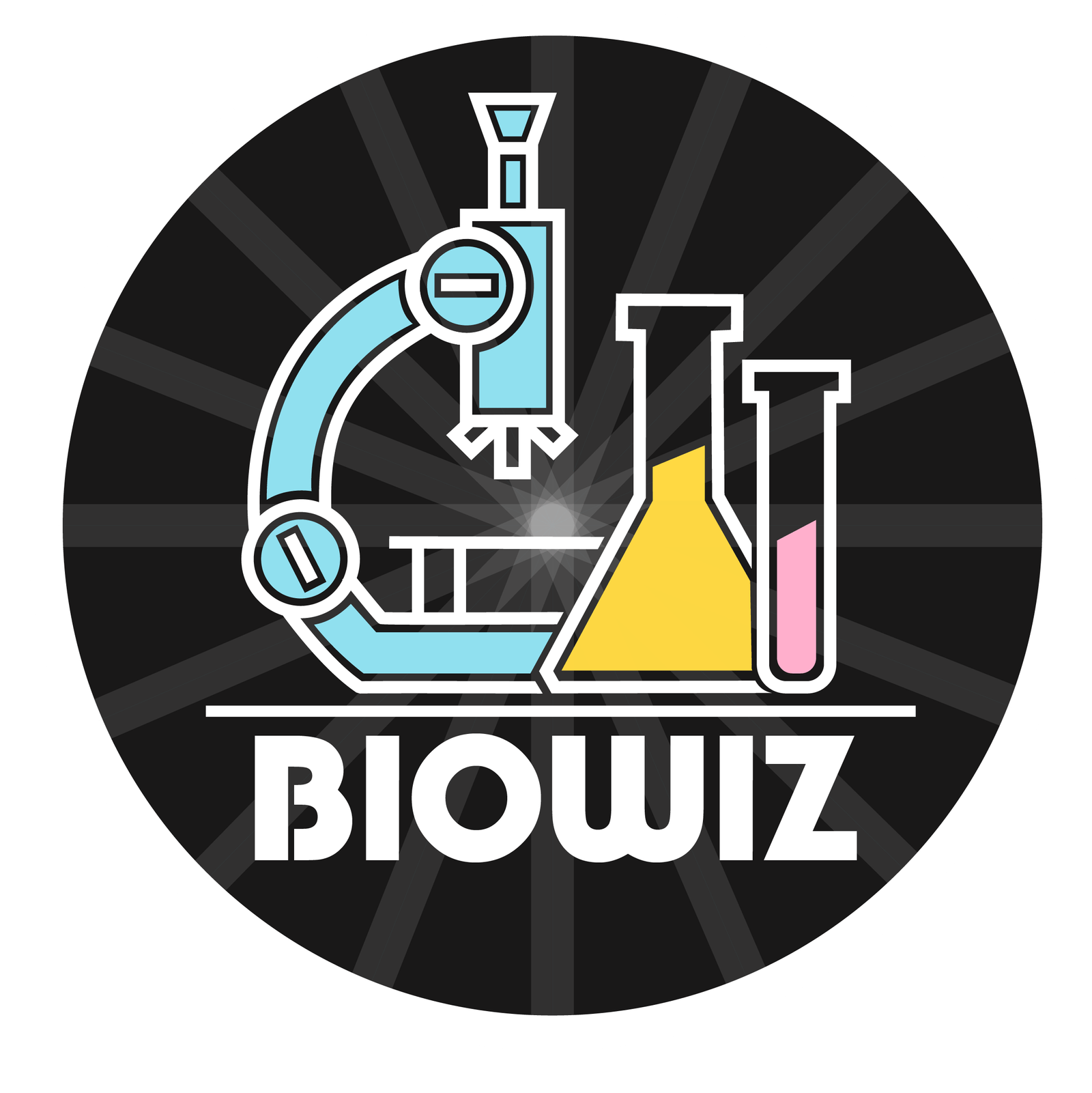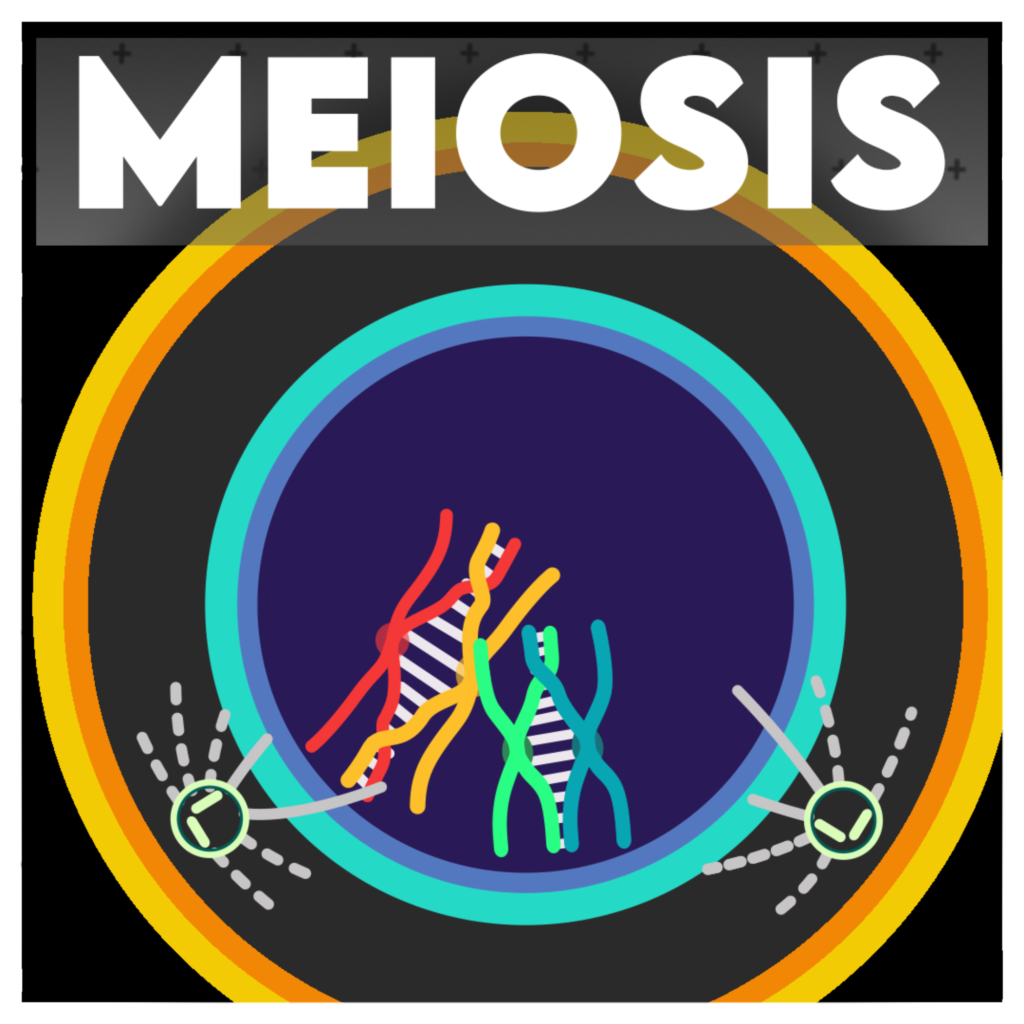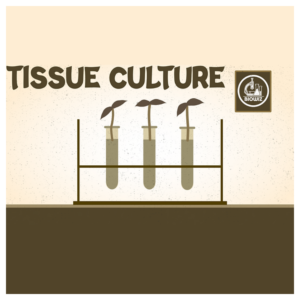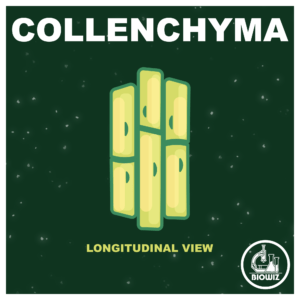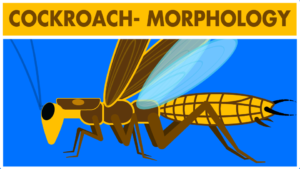- Meiosis is a special type of division which occurs in both plants and animals during different stages of sexual reproduction.
- Meiosis always occurs in specific diploid (2n) cells and results in reduction of number of chromosomes to half. So it is also called Reductional division.
- The cell undergoing meiosis is called Meiocyte and the haploid cells formed after completion are called Meiotic products.
- Examples-
Spore Mother Cell (2n) produces Spores (n)
Microspore Mother Cell (2n) produces Microspores (n)
Megaspore Mother Cell (2n) produces Megaspores (n) - Meiosis occurs after completion of DNA replication during S-phase of Interphase and involves 2 sequential cycles of nuclear and cell divisions (Meiosis I and Meiosis II) but only single cycle of DNA replication.
TYPES OF MEIOSIS
- Zygotic Meiosis – Meiocyte is Zygote eg. Algae
- Sporic Meiosis- Occurs in Spore Mother Cells.
- Gametic Meiosis- Occurs during Gametogenesis
MEIOSIS I
Meiosis I is further divided into:-
- Prophase I
- Metaphase I
- Anaphase I
- Telophase I
PROPHASE I
- Longest and the most complex phase of Meiosis.
- For the ease of study, it is divided into 5 sub-stages based on chromosomal behaviour:-
- Leptotene
- Zygotene
- Pachytene
- Diplotene
- Diakinesis
LEPTOTENE
- Condensation of chromatin starts.
- All the condensing chromatin align together on the nuclear lamina resulting in formation of bouquet like structure. So it is also called Bouquet stage.
ZYGOTENE
- Pairing of homologous chromosomes starts and the process is called Synapsis.
- Formation of Synaptonemal complex to stabilize Synapsis.
- Complex formed by a pair of synapsed homologous chromosome is called Bivalent or Tetrad.
PACHYTENE
- 4 chromatids of each bivalent becomes distinct and clearly appear as tetrads.
- Appearance of Recombination Nodule at sites of Crossing over.
- Recombination Nodule consist of enzymes like Recombinase, Endonuclease and Ligase.
- CROSSING OVER- Exchange of genetic material between non-sister chromatids of homologous pair of chromosomes.
- Crossing over completes in Pachytene but chromosomes remains attached at the site of crossing over.
DIPLOTENE
- Dissolution of synaptonemal complex.
- Site of crossing over becomes visible in the form of X-shaped structures called Chiasmata.
- In oocytes of some vertebrates, diplotene stage lasts for several moths or years.
DIAKINESIS
- Marked by terminalisation of chiasmata.
- Chromosomes are completely condensed.
- Meiotic spindles are assembled.
- Nucleolus disappears and nuclear envelope also breaks down.
METAPHASE I
- Spindle fibres from opposite poles of the cell attach to kinetochore of homologous chromosome.
- Bivalent chromosomes align at he equator of the cell resulting in formation of Double Metaphasic Plate.
ANAPHASE I
- Homologous chromosomes (bivalents) separates while sister chromatids remains associated at centromere.
- Spitting of centromere do not occur during Anaphase I
- Anaphase I results in reduction of number of chromosomes to half.
TELOPHASE I
- Nuclear envelopes and nucleolus reappears.
- Chromosomes do not decondense completely.
- Cytokinesis follows and results in formation of Dyad of cells.
INTERKINESIS/ Intra-meiotic interphase
- Short lived stage between 2 Meiosis I and Meiosis II in which doubling of centrosomes occurs but DNA replication is absent.
MEIOSIS II
- Events of Meiosis II are exactly similar to Mitosis.
- Mitosis can occur in both haploid and diploid cells but Meiosis II always occurs in cells formed by Meiosis I.
PROPHASE II
- Chromatin condenses to form chromosomes.
- Nuclear envelope disappears.
METAPHASE II
- Chromosomes align at equator of the cell resulting in formation of a single metaphasic plate
- Microtubules from opposite poles of spindles get attached to kinetochore of sister chromatids.
ANAPHASE II
- Simultaneous splitting of centromere of each chromosome
- Sister chromatids move towards opposite pole by shortening of Microtubules.
TELOPHASE II
- Nuclear envelope reforms
- Chromatin decondenses.
- Cytokinesis follows and as a result 4 haploid cells are formed.
#class 11 biology #class 11 botany #cell cycle and cell division #meiosis
